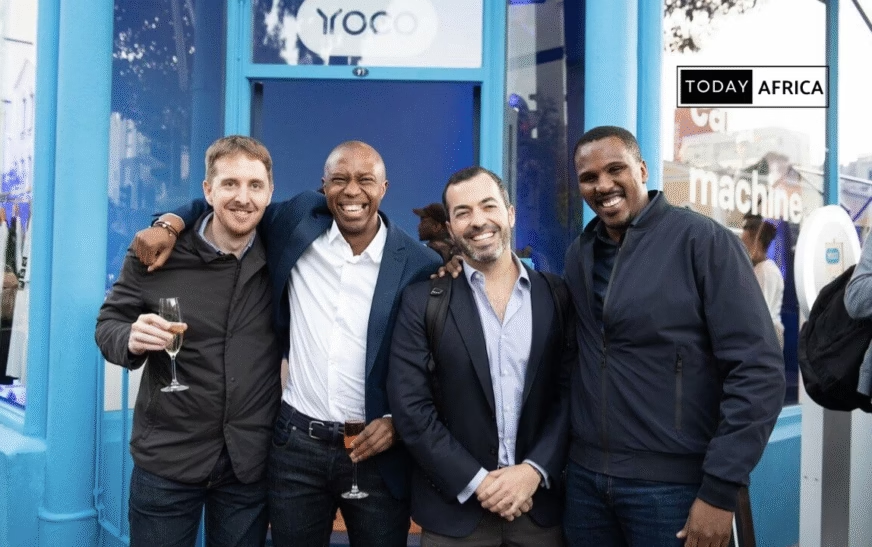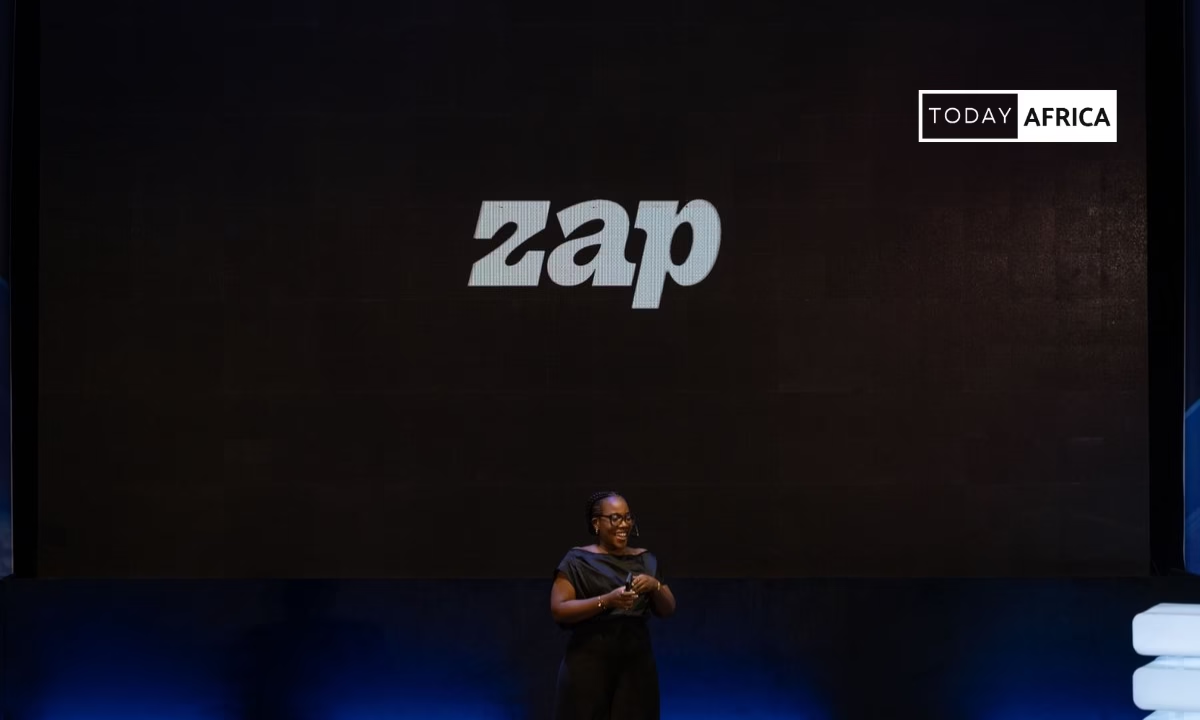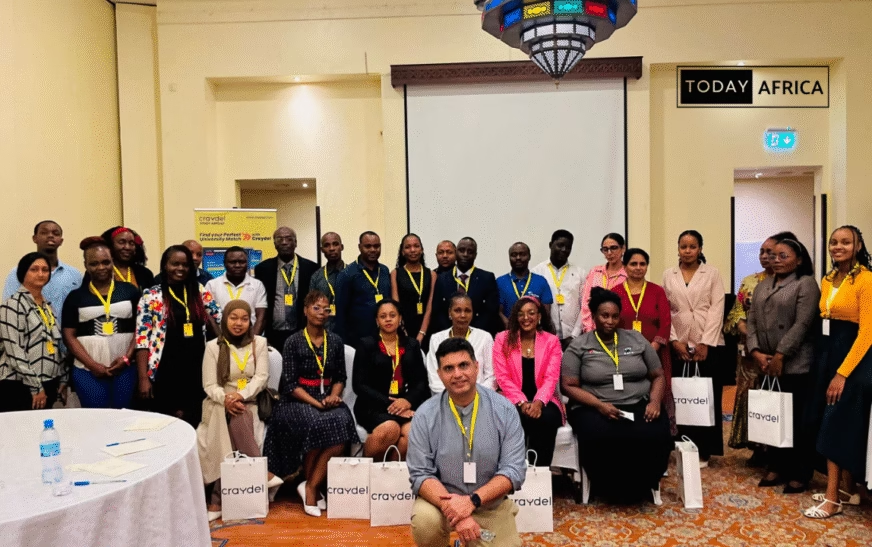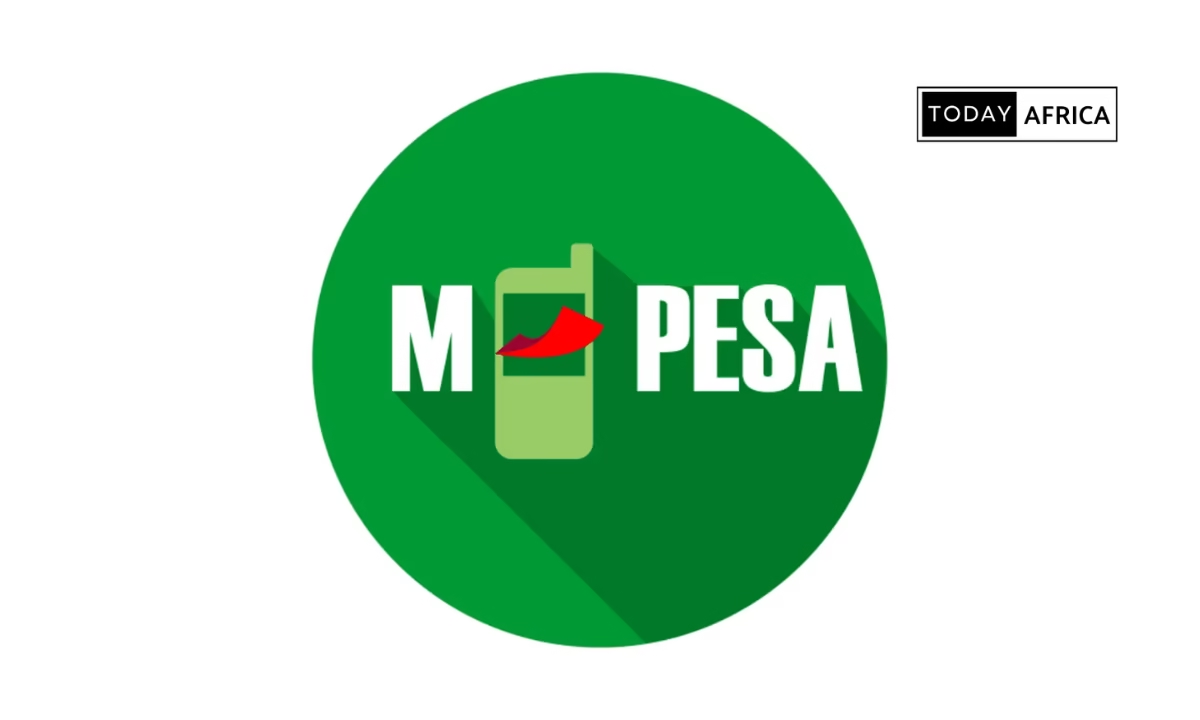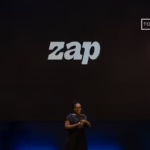In 2015, South Africa had more than 1.3 million small and medium-sized enterprises (SMEs), yet fewer than 7% of them could accept cards.
The barriers were steep—long application processes with banks, high transaction fees, prohibitive hardware costs, and a system that favored large retailers over street-side vendors and micro-businesses.
This structural exclusion left entrepreneurs at a disadvantage in an economy where consumers were increasingly shifting toward digital payments.
For small businesses, rejecting a card was not just an inconvenience—it was lost revenue, a customer walking away, and a limitation on growth.
Recognizing this gap, Yoco was born, not only to democratize card acceptance but also to give small merchants access to digital tools that could help them manage and scale their businesses.
This week’s edition of StoryLab on inside Yoco’s journey examines the strategies behind its success, shedding light on the challenges and opportunities of building a fintech in Africa.
Disclaimer: The data in this week’s episode of StoryLab is based on publicly available funding information as of August 2025 from reliable sources such as UCT News, Ventureburn, Partech, TechCrunch, and Yoco press releases.
Founding Story
In 2013 four South African entrepreneurs saw a massive opportunity in the payments gap for small businesses.
Katlego Maphai (CEO), Carl Wazen (CBO), Bradley Wattrus (CFO) and Lungisa Matshoba (CTO) were united by one vision: “open commerce,” enabling any merchant to accept electronic payments easily.
They recognized that although over 27 million South Africans hold bank cards, only about 6% of small retailers accept cards.
Traditional card machines required paperwork, banking history, multiyear contracts and high fees – barriers most informal merchants couldn’t clear.
As Maphai later put it, “we realized there was a huge gap for small businesses” unable to get payment terminals. They set out to “remove exclusivity” and radically simplify card acceptance.
To build their solution, the founders spent two years navigating regulations. Katlego Maphai recalled that securing a payment license took a year of effort.
But their persistence paid off: “Seeing our first transaction in October 2014 was incredibly special and the culmination of two years of hard work,” Maphai told UCT News.
By late 2014, the first prototype of Yoco card reader (a mobile, smartphone-attached device) was live with a few pilot merchants. A quick beta phase followed, with about 500 merchants trialling the device. Yoco refined its design and software.
Officially launching in 2015, the company shipped card machines that connect via Bluetooth or audio jack to a merchant’s smartphone or tablet.
Each Yoco reader cost only a few hundred rand (about USD 100) – far cheaper than legacy devices – and carried no monthly fees or lock-in contracts. Merchants could apply online in under 10 minutes and receive a device by courier.
This was transformative: “for a small business to get a credit-card terminal in South Africa previously involved several weeks of applying,” explains a Yoco analysis – but Yoco offered devices “within two days.”.
Early adopters quickly signed up: by the end of 2015, Yoco had grown from 500 pilot users to 5,000 merchants using its card reader. By late 2016, that base had swelled to 10,000 SMEs, a ten-fold jump in one year.
Key milestones
| Year | Milestone | Details / Significance |
|---|---|---|
| 2013 | Conception of Yoco | Founders Katlego Maphai, Carl Wazen, Lungisa Matshoba, and Bradley Wattrus begin exploring solutions for SMEs struggling to accept card payments in South Africa. |
| 2014 | Pilot Phase | First pilot with ~500 merchants to test mobile POS devices and onboarding processes. |
| 2015 | Public Launch | Officially launches mobile POS (mPOS) solution in South Africa; merchants can accept card payments via smartphone-linked devices. |
| 2016 | 1,000 Merchants Onboarded | Rapid growth shows market demand for simple card acceptance tools among underserved SMEs. |
| 2017 | Series A Funding | Secures Series A funding led by Velocity Capital; expands operations and strengthens product development. |
| 2018 | Product Diversification | Launches the Yoco App with sales tracking, inventory management, and business insights tools. |
| 2019 | 50,000 Merchants | Merchant base grows significantly, making Yoco the largest independent card payments provider in South Africa. |
| 2020 | COVID-19 Response | Launches online payment solutions (payment links, e-commerce integration) to support SMEs during lockdowns. |
| 2021 | Series C Funding ($83M) | Secures $83 million led by Dragoneer, Partech, and Breyer Capital — among Africa’s largest fintech raises; funds expansion and new product lines. |
| 2021 | 150,000 Merchants | Strong merchant growth; Yoco processes >$1 billion in annual payments. |
| 2022 | Ecosystem Expansion | Introduces APIs and deeper software services to position itself as a full-stack SME financial platform. |
| 2023 | Regional Growth | Begins strategic steps toward pan-African expansion, while strengthening partnerships with Visa and Mastercard. |
| 2024 | Over 300,000 Merchants | Yoco consolidates market leadership in South Africa; continues scaling its ecosystem of payments, software, and lending services. |
Looking back, the founding story is one of persistent problem-solving and iteration. The four co-founders met through work and school, agreed on tackling SME payments, brainstormed several ideas, then “settled on point-of-sale payments”.
They faced skepticism (even being told “you can’t get a license as a startup”), but kept at it. Their first big insight – and investor pitch – was that only 7% of South African small merchants could accept card payments despite 75% of consumers having cards.
In other words, a massive underserved market was waiting. Yoco’s early growth (reaching thousands of merchants in months) validated that vision, launching a trajectory that would see Yoco become one of the continent’s fastest-growing fintechs.
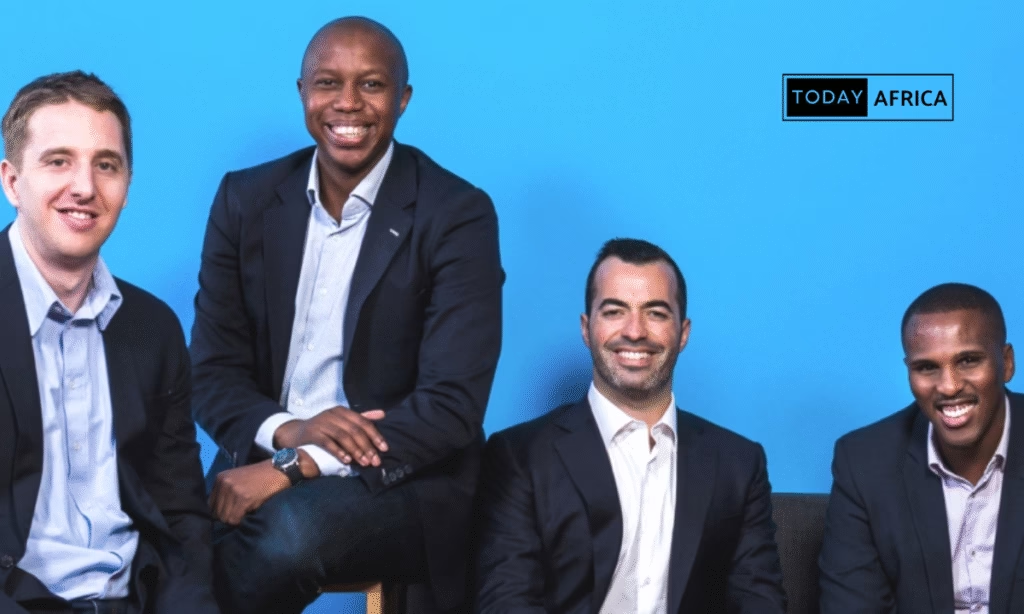
Funding Timeline & Investors
Yoco’s steep growth was fueled by a series of financing rounds backed by prominent investors. Broadly:
Seed/Angel (2013–2016)
In its early days, Yoco raised seed and angel capital from local and international investors. Notable backers included CRE Venture Capital (South Africa), fintech angel Robby Hilkowitz, and Silicon Valley investor Greg Kidd. These funds (estimated at a few million Rand) helped build the first devices, launch the POS app, and complete product-market fit by late 2015.
Series A (2017)
Yoco’s first institutional round closed in early 2017, led by Quona Capital (US) and Velocity Capital (Netherlands). The amount was undisclosed publicly, but press reports describe it as a “vote of confidence in South Africa’s fintech”.
CEO Katlego Maphai said this round would “expand [our] reach and product offering, and lay the groundwork for international expansion”. Series A investors highlighted the “massive opportunity to expand access and quality of financial services” for Africa’s SMEs.
Series B (Sep 2018)
By mid-2018, Yoco had amassed tens of thousands of merchants and was ready to scale. In September 2018, it raised US$16 million (roughly R245 million) in a Partech-led round.
Participants included Partech (lead), Orange Digital Ventures, the Dutch Development Bank FMO, and existing backers Quona and Velocity. This Series B brought Yoco’s total funding to about $23M.
The new capital was explicitly earmarked to “grow [Yoco’s] network of small business merchants,” invest in product development (software and hardware), scale operations and risk systems, and hire top fintech talent.
Partech’s Cyril Collon later praised Yoco for “solving real problems for African small businesses at scale,” reflecting investor confidence in their business model.
See Also: Inside Lipa Later’s Journey: From BNPL Pioneer to Hard Lessons in African Fintech
Series C (Jul 2021)
The largest infusion came amid the COVID recovery: in July 2021, Yoco announced an $83 million Series C, led by Dragoneer Investment Group with participation from new fintech-focused funds (Breyer Capital, HOF Capital, The Raba Partnership, 4DX Ventures, TO Ventures) plus all existing backers (Partech, Velocity, Orange, Quona). (Total funding to date reached ~$107M).
This round was reportedly “the largest of its kind in South Africa” and one of the biggest for any African fintech. Proceeds were used to scale Yoco’s payment platform – both its original card terminals and its newer online/offline software – and to expand regionally.
The company signaled ambitions to reach millions of small merchants across Africa in the coming years.
As part of the Series C, Yoco strengthened its leadership: Juan Fuentes (former PagSeguro CEO) was named Chairman, and several executives from global tech firms (Coinbase, Revolut, Uber, etc.) joined in senior roles.
Each funding round corresponded with accelerated growth. After Series A in 2017, Yoco tripled its merchant count and built out software (e.g., mobile POS app, reporting dashboard).
After the $16M Series B in 2018, growth sped up further: the company was adding 1,000+ new SME merchants per month, becoming “the largest independent mobile point-of-sale player in South Africa by number of merchants”.
The Series C funds aimed to carry that momentum into new product lines (like lending and e-commerce) and new geographies, leveraging the strength of global fintech investors.
The table below summarizes these rounds
| Year | Investor(s) | Funding Amount (USD) | Purpose / Use of Funds |
|---|---|---|---|
| 2017 | Quona Capital (US), Velocity Capital (Netherlands), plus CRE Venture Capital, Robby Hilkowitz, Greg Kidd | $4 million (approx.) | To expand further across South Africa and into other markets, develop additional products, and provide some secondary exits for early investors |
| 2018 | Partech (lead), Orange Digital Ventures, FMO, Accion Frontier Inclusion Fund (via Quona), Velocity Capital | $16 million | To grow the merchant network, invest in product development (hardware/software), and hire fintech talent |
| 2021 | Dragoneer Investment Group (lead), Breyer Capital, HOF Capital, The Raba Partnership, 4DX Ventures, TO Ventures, plus existing investors Partech, Velocity, Orange Ventures, Quona Capital | $83 million | To accelerate product development across offline and online offerings, expand regional market presence (Africa & Middle East), and scale the financial ecosystem for small businesses. |
Growth Strategies: Focus, Simplicity, & Platform
Several key strategies powered Yoco’s rapid ascent. Broadly, the company built SME-centric products and a streamlined service experience, then expanded the platform around those.
1. Serving underserved SMEs
Yoco deliberately targeted the “white spaces” of the market. Rather than chasing big corporates or well-banked retailers, its primary customers were micro and small businesses: market traders, food vendors, salons, artisans, restaurants, cobblers, pharmacies, and the like.
These were firms traditionally reliant on cash and cut off from card networks. By offering affordable hardware and user-friendly software, Yoco brought formal payment tools to this vast segment.
In 2017, co-founder Carl Wazen noted that most competitors “are not focused on” such small merchants.
In fact, in Yoco’s early growth, 70–75% of new merchants had never accepted cards before – evidence of true expansion of the market.
CEO Katlego Maphai often stressed that small businesses are “generally underserved in our part of the world due to their size,” so Yoco’s mission was simply to make accepting money “easy”.
2. Ultra-simple onboarding
To reach these entrepreneurs, Yoco removed the usual friction of banking. The application process is entirely online: a business owner fills out a short form, and the company’s own risk engine approves about 98% of applicants within minutes.
Over time, Yoco shrank what was once a long credit-check process into a straightforward purchase. “No months-long approval,” the Partech release explained, “just an online sign-up that takes 10 minutes”.
The hardware is shipped by courier within a couple of days. Pricing is transparent: readers are sold with no monthly fees or lock-in contracts, making them affordable even to first-time merchants. (For example, in 2017, Yoco’s basic reader cost R1,749 one-time or on instalment.)
These policies instill trust and let even the smallest trader risk a card reader. As one analyst summarized: “Yoco has lowered the cost of ownership of a card machine by a factor of seven” through its pricing model.
3. Value-added software and services
Yoco did not stop at payments. It bundles in free software tools that help merchants manage and grow their businesses.
From the start, it offered a mobile app and web portal for sales tracking, inventory management, receipts, and reporting. Later, it added features like integration with accounting packages and analytics dashboards.
The idea was to create a one-stop “operating system” for a small shop. As Yoco’s press release put it, they have been “adding more services to its payments solution,” from POS software and business intelligence to working capital financing.
Indeed, in 2020, Yoco launched Yoco Capital, a small-loan product that automatically offers cash advances to high-performing merchants via the app.
This diversification boosts revenue beyond transaction fees and deepens merchant engagement. It also cultivates stickiness: a busy store owner gets loans and other support from the same Yoco account they use to take payments.
4. Embracing multiple payment channels
Even though Yoco began with in-person card terminals, the team recognized early on that digital innovation would matter.
By 2019–2020, they were rolling out features like payment links, QR code payments, and e-commerce checkout (Yoco Gateway).
During South Africa’s 2020 lockdown, an online-payment beta – planned but not yet live – was launched so that merchants could continue selling despite no foot traffic.
While in-person card sales still dominate Yoco’s volumes, the company explicitly says it “wants to offer whatever payment methods our merchants need”.
They plan to add mobile money and EFT options, for instance, to meet the preferences of different regions. This multi-channel approach (combining hardware and digital rails) makes Yoco a more complete solution.
5. Partnerships and distribution
To amplify reach, Yoco forged strategic partnerships. In 2017, it teamed with Mastercard to roll out 15,000 mobile POS devices and educate SMEs about digital payments.
By 2021, it had placed Yoco card machines in over 700 retail stores (Pep, Makro, Builders, etc.) where entrepreneurs could simply walk in to buy a terminal.
This “retail partnership” model democratizes access: instead of only finding Yoco online or at events, merchants can now pick up hardware in familiar chains.
Internally, Yoco also worked with banks and networks: all devices are certified for Visa, Mastercard, and local schemes, so card acceptance is seamless.
On the community side, Yoco built brand awareness through merchant forums, the Small Business Pulse survey (tracking SME sentiment), and active social-media engagement.
As co-founder Wazen noted, the Yoco brand has become “recognized,” and winning merchants often come down to focusing on segments other players ignore.
Overall, Yoco’s strategy was to “make getting paid as simple as buying a consumer product”. Its transparent, no-frills pricing and self-service sign-up built trust with skeptical owners.
Its commitment to constant improvement – from inventory tools to capital to e-payments – ensured the platform stayed relevant.
By 2018, Yoco was already running what it called an “open commerce” vision: each new feature (like Yoco Link or Analytics) plugged into a unified merchant platform, expanding usage. Investors liked this direction.
Read Also: Inside 54gene’s Journey: The Startup That Tried to Rewrite Africa’s Genetic Future
Competition in the Fintech Ecosystem
Yoco emerged in a crowded African payments landscape, but its niche focus set it apart. In South Africa its most direct rivals were other SME POS fintechs, notably iKhokha and SnapScan (now part of Capitec Bank).
iKhokha, founded in 2012, similarly offered plug-in card readers and smartphone POS; in 2025, Nedbank acquired iKhokha for R1.65 billion.
Capitec’s SnapScan (QR-code payments) targets consumers, not small offline merchants. Peach Payments and PayFast handle online gateways, a different segment.
Meanwhile, in West Africa, startups like Paystack and Flutterwave were tackling SMEs via online payments and SDKs, but they initially skipped hardware. Yoco’s unique position was its deep roots in in-person commerce.
Many competitors saw parts of the market. But Yoco’s advantage came from combining hardware with a full suite of digital tools. Its early-mover lead meant it captured a large base of merchant loyalty.
Yoco CEO Katlego Maphai often said they wanted to be a “market maker, not just a participant”: in practice, that meant bringing entirely new businesses into digital payments rather than poaching existing ones.
By mid-2017, he noted 72% of Yoco’s merchants had never taken cards before, underscoring that new-market focus. That statistic also signaled to investors and partners that Yoco was creating demand, not just claiming existing pie.
On the technology side, Yoco stayed ahead by innovation. For example, while SnapScan relied on consumers scanning QR codes (requiring customers to have smartphones and SnapScan app), Yoco’s acceptance devices let any customer pay with a regular Visa/Mastercard.
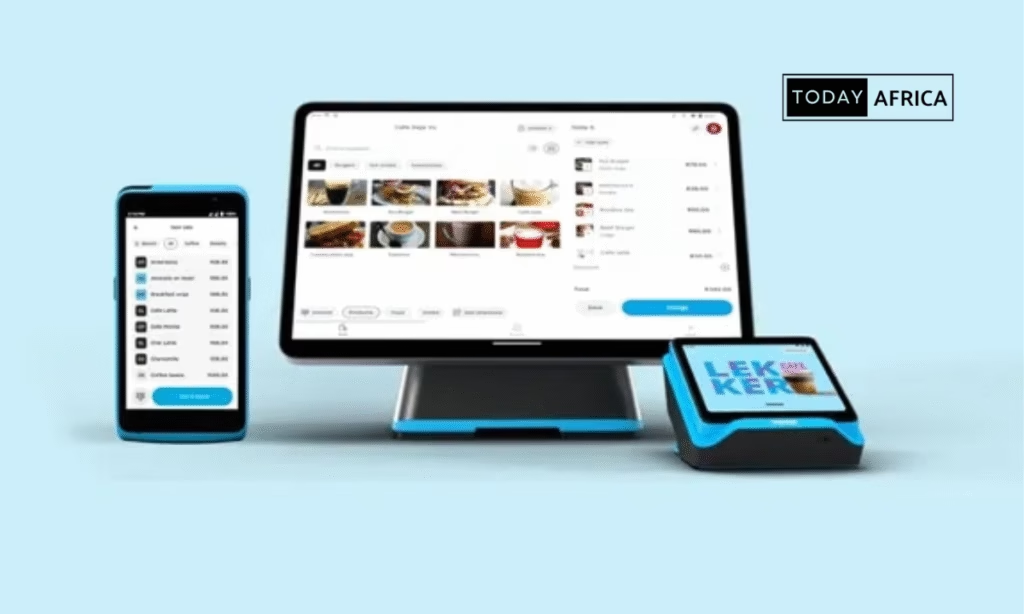
This hardware focus was different from global POS firms like Square or SumUp (which were only slowly moving into Africa at the time). Yoco also built offline-capable readers for areas with poor internet (e.g., Yoco Neo with built-in 3G) – a response to local constraints.
Naturally, Yoco also had to guard against bigger players eyeing SME payments. Banking giants have launched their own payments apps (Capitec Pay, which competes via QR) or merchant services, and new startups keep emerging.
But Yoco’s playbook has been to stay relentlessly SME-focused and tech-forward. As Carl Wazen put it in 2018, Yoco was winning by staying “focused on that part of the market that, in our opinion, people like other competitors are not focused on enough.”
In other words, rather than chasing big-ticket enterprise clients, Yoco entrenched itself with tens of thousands of local corner shops, hair salons, food stalls, and retailers.
Even as competitors like iKhokha or banks made moves, Yoco’s head start and broad product ecosystem gave it a defensible lead among small businesses.
Societal Impact and Reach
Yoco’s journey is inseparable from its impact on South African SMEs and financial inclusion.
By empowering merchants to move off cash, Yoco has arguably broadened participation in the digital economy. The scale is impressive.
According to a July 2021 report, 150,000 South African businesses were transacting through Yoco devices and apps. (Yoco’s own recent marketing claims over 200,000 businesses use its platform, indicating continued growth.)
This merchant base spans bars, salons, retail shops, e-hailing drivers, and many informal traders – businesses that historically ran on cash or even IOUs.
This mass adoption has macroeconomic implications. One study found 53% of all in-person retail transactions in South Africa were still cash as of 2020.
Every percentage shift away from cash benefits transparency and growth. Yoco estimated that in just a few months of 2020, the share of fully cashless small businesses rose by 300% (reflecting lockdown-driven acceleration).
More broadly, over 6 million South African micro- and small-enterprises had been transacting only in cash by 2021~. Yoco’s presence has directly converted many of those to at least partial digital transactions.
As CEO, Maphai noted early on, accepting cards or digital payments not only increases sales but also helps merchants “formalize their business to enable growth.”
In many cases, Yoco introduced SMEs to proper business tracking and banking for the first time.
Transaction volumes underline the scope of this shift. Yoco reported that its network processes over $1 billion in card payments per year, with a total of more than $2 billion in six years.
These are sizable sums flowing through very small businesses. For context, by 2021, the combined funding raised by all South African fintechs was only a few hundred million dollars.
Yoco alone processes volumes an order of magnitude greater than its capital base, highlighting its operational scale.
Yoco’s expansion has also created direct jobs and economic activity. The company grew to hundreds of employees (for example, 70 staff by 2017 and over 500 across multiple countries by the early 2020s).
But equally important is the livelihood impact on merchants. Many Yoco clients report being able to hire extra staff or stock more inventory thanks to card sales.
Geographically, Yoco is most prevalent in urban and peri-urban areas where smartphones and networks exist. It is headquartered in Cape Town with a strong presence in Johannesburg; it has tested pilots in Namibia and Kenya.
Many merchants are township entrepreneurs or informal traders who now transact digitally.
By its nature, Yoco’s reach correlates with South Africa’s SME density – densely populated regions, tourism hotspots and commercial corridors. The firm has also begun looking beyond South Africa: Series B filings mention exploring markets in Sub-Saharan Africa.
The long-term goal, as Wazen says, is pan-African: “We envision that millions of small businesses across the continent will one day use a connected digital platform to run their businesses, and we want to be that platform”.
Yoco has significantly contributed to financial inclusion and formalization.
Thousands of businesses that once ran on cash, handwritten ledgers, or informal credit now have digital records and banking connectivity.
Each new Yoco merchant not only grows their own enterprise but also plugs into wider economic systems (tax, investment, e-commerce).
By providing affordable POS hardware and software, Yoco has driven millions of electronic transactions that would have otherwise never been captured.
In a country where empowering SMEs is key to job creation, Yoco’s effect is felt in neighborhood shops as much as in venture portfolios.
Challenges Faced
Yoco’s growth story has not been without obstacles. The South African business environment poses several challenges:
1. Regulatory and licensing hurdles
As noted, it took Yoco over a year just to obtain payment processing approval at the outset. Operating in the financial sector requires careful compliance, and South Africa’s regulators historically had few precedents for fintechs.
This slow, uncertain process could have derailed many startups; Yoco’s founders had to be “crazy” brave to persist. Even after launch, Yoco needed continual updates to meet new regulations (for example, data privacy or transaction monitoring rules).
2. Economic volatility
South Africa’s economy has been uneven. Slowing GDP growth, electricity shortages, and unemployment in the double digits all weigh on SMEs’ ability to invest. Yoco grew through the 2010s into 2020, so it rode both booms and busts.
The COVID-19 pandemic, in particular, struck at the heart of Yoco’s customers: informal shops and service businesses were hard-hit by lockdowns. Transaction volumes in many sectors plummeted in 2020.
Yoco itself weathered these months by pivoting online, but revenue growth temporarily stalled. On the flip side, the crisis validated Yoco’s mission: it forced cash-dependent businesses to go digital or close.
Yoco noted a massive shift away from cash post-lockdown – a silver lining for its business model.
3. Hardware costs and supply chain
Selling physical devices worldwide is challenging. Each card reader involves component sourcing, assembly, shipping, and sometimes subsidy or finance.
Yoco had to balance the cost of subsidizing or lending devices to merchants against its revenue.
Chip shortages and global freight issues (exacerbated by the pandemic) likely affected Yoco’s ability to manufacture or deliver terminals on time.
The company mitigated this by introducing lower-priced models (like the pocket-sized Yoco Go, starting around ZAR 199/month) and by running device-buyback programs.
But hardware margins remain thin, so Yoco needed to rely increasingly on software services (like analytics and loans) for profitability.
4. Competition and market fragmentation
Expanding beyond South Africa means navigating each country’s fintech landscape and regulations anew.
Yoco tried pilots in Namibia and Kenya, but moving into countries with different banking partners, languages and payment norms is tough.
Moreover, as SA’s fintech scene matured, new entrants (like Kappture or Zapper in payments) and bank innovations (e.g., Buy Now Pay Later, digital wallets) posed threats.
Staying ahead requires continuous R&D and possibly acquisitions (indeed, Yoco has acquired software firms to build talent).
5. Merchant education and trust
Convincing very small merchants to adopt new tech is nontrivial. Yoco had to invest heavily in merchant support, training videos, and on-the-ground education.
Cash traders can be skeptical of banks and digital tools. Yoco countered this with local language marketing (Zulu, Xhosa, Afrikaans) and word-of-mouth.
Still, the need for constant outreach means Yoco must keep providing 7-day customer service and training, which eats into resources.
6. Currency and fundraising environment
Raising foreign capital in rand-pegged payments carried currency risk and negotiation complexity. For instance, Series B and C closed in hard currency (USD), requiring favorable exchange and regulatory clearances for repatriation. Fluctuations in the rand also affected Yoco’s local financial planning.
So far, Yoco has avoided major public controversies. It has not faced scandals or notable security breaches in its tenure. The company’s challenges have been chiefly operational and strategic.
However, balancing rapid expansion with customer service quality remains an ongoing concern as Yoco scales.
The team has also had to manage expectations – for example, its early claim of 200,000 merchants may be aspirational and contrast with more conservative estimates. Transparency with stakeholders is therefore vital.
See Also: Inside M-Pesa’s Journey: An Idea That Changed the Way Africa Moves Money
Key Lessons from Yoco’s Journey
Yoco’s trajectory offers several instructive lessons for fintech innovators:
Solve a real pain point in a massive market
Yoco’s founders rigorously identified a quantifiable gap: millions of card-carrying consumers vs. few accepting merchants. They built solutions that exactly addressed that mismatch.
This “pull” from genuine demand has given Yoco a sturdy foundation. Fintechs in Africa (or elsewhere) should similarly anchor on clear, sizable problems – for example, fragmented cash economies – rather than create needs.
Optimize for simplicity and trust
High-friction processes (lengthy applications, hidden fees) disenfranchise SMEs. By making signup a few clicks and charging no monthly minimum, Yoco mimicked the convenience of consumer apps.
This consumer-like onboarding in a B2B context proved transformative. Trust-building (through transparent terms and local support) is equally crucial for converting hesitant merchants.

Be platform-minded
Yoco didn’t treat its card reader as the end product. Instead it became an entry point to a broader platform of business tools (POS software, loans, APIs, links).
This platform approach created multiple revenue streams and deeper relationships. Many African fintechs aim to become “operating systems” for verticals; Yoco exemplifies how combining hardware and software can lock in customers and data.
Iterate with the market and pivot when needed
The quick launch of online payments during COVID showed agility. Yoco had been primarily offline, but the pandemic forced a digital pivot.
Having already developed an e-commerce gateway, they were able to roll it out in time to keep merchants selling.
This willingness to adapt product strategy (from purely card machines to omnichannel payments) is a lesson in resilience.
Play the long game with capital
Yoco’s fundraising path shows patience. Seed and Series A laid the groundwork, but they waited to pursue large rounds until tangible scale was evident.
By Series C in 2021, the company could confidently tout 150,000 merchants and $1B annual volume, attracting global funds like Dragoneer.
This capital was invested in sustained growth (new markets, R&D) rather than short-term fixes.
Yoco’s approach underlines that for truly impactful fintech solutions in Africa, investors and founders must commit multi-year to build trust and infrastructure.
Localize but think continentally
While Yoco’s initial focus was South Africa’s unique market (language diversity, banking norms, retail culture), it never lost sight of the broader African context.
Founders explicitly see Yoco as a “pan-African venture” aiming to replicate its model across multiple markets. They know that one size won’t fit all – hence Wazen’s line that “the model and approach will differ per market”.
Future fintechs should likewise tailor to local conditions (e.g. agent networks in rural areas) but design products with expansion in mind.
SMEs need ecosystem support
Yoco’s success illustrates that fintechs can succeed by growing alongside entrepreneurs. Beyond technology, Yoco invested in community-building (education events, surveys, merchant stories) that galvanized a class of small business owners.
This communal aspect is often overlooked but pays dividends in loyalty and word-of-mouth. For example, Yoco’s Small Business Pulse monitor engaged merchants regularly, reinforcing Yoco’s brand as an SME ally.
Balance hardware and digital innovation
In Africa’s fintech narrative, software often gets the spotlight. Yoco shows hardware still matters, especially for bridging legacy gaps. However, hardware alone can be low-margin. The lesson is to use hardware as a means to scale software adoption.
Yoco’s card machines were smartly priced to win share, and then upsold with paid services. This balanced approach might caution others: don’t sell devices forever free without a plan to monetize the software/services overlay.
Conclusion
Yoco’s story is a testament to how a focused fintech can transform commerce for millions.
From a humble Cape Town start-up seeking a card-reader license, it grew into a payments platform processing over $1 billion per year for 150,000+ SMEs and counting.
Its evolution – rapid merchant adoption, steady funding milestones, and continuous product innovation – offers a blueprint for Africa’s fintech rise.
Key insights include: design for the underserved customer first (rather than retrofitting them after), make technology and pricing radically simple, and invest in trust-building community outreach.
Today Yoco stands as one of the continent’s leading fintechs, with many South African small businesses now empowered to move beyond cash.
Its funds will fuel a broader vision – harder-to-reach markets and a full-stack financial toolkit – but the core lesson remains that solving a real, massive pain point at scale creates value for all stakeholders.
As Yoco’s founders like to say, the ultimate goal is “Open Commerce for all,” a powerful rallying cry for entrepreneurs and investors alike.
Sources: (UCT News; Ventureburn, Partech, TechCrunch, Yoco surveys and reports.
Leave a comment and follow us on social media for more tips:
- Facebook: Today Africa
- Instagram: Today Africa
- Twitter: Today Africa
- LinkedIn: Today Africa
- YouTube: Today Africa Studio

